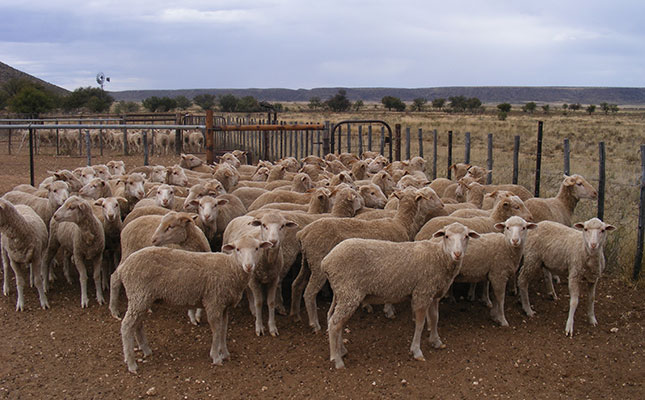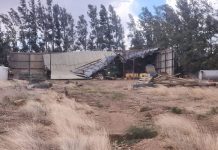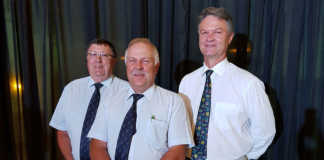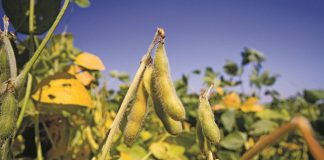
The bulk of animal production in South Africa takes place on natural veld and mainly in the savanna, grassland and Karoo biomes.
These three areas constitute 93,5% of the country’s total veld grazing capacity.
This was according to Dr Louis du Pisani, national manager for production advice and development at the National Wool Growers’ Association (NWGA). Du Pisani said it was important for livestock producers to stay abreast of the reality of climate change and its possible impact on their farming operations.
He said South Africa comprised of 121 million hectares of land, including 91,3 million hectares of natural veld.
“The sustainability of livestock production on the veld rests on two pillars, namely veld grazing that is in an excellent condition, and the control of bush encroachment. Farmers need to be creative and innovative and readjust to climate change if they want to survive and thrive. Climate change is a reality.”
According to Du Pisani, there were many “doom and gloom stories” about climate change in the media. However, there was not much advice on the management adaptations livestock farmers had to make.
Indications were that the average annual temperature in South Africa had increased by about 1°C in recent years.
The latest scientific observations also showed a marginal decrease in rainfall during the autumn months over the central and north-eastern parts of the country, while the annual total rainfall had not changed significantly, he said.
What had also been observed was that the average number of rainy days per year had decreased over the central and north-eastern areas.
“If the total rainfall remained the same, but the number of rainy days decreased, it is logical that the rainfall intensity increased and that the wetter periods become wetter and the dry periods drier. Thus, the prediction of more extreme weather conditions seems to be happening, and farmers must take that into consideration in their management plans,” Du Pisani said.
Since the early 1800s, the concentration of carbon dioxide (CO2) in the Earth’s atmosphere had increased from about 275 parts per million (ppm) to over 400 ppm, and it was still rising.
There had been similar high levels of CO2 in the geological history of the Earth.
“What is relevant is that we are experiencing high levels of carbon dioxide and the effects thereof must be factored into livestock production,” he said.












